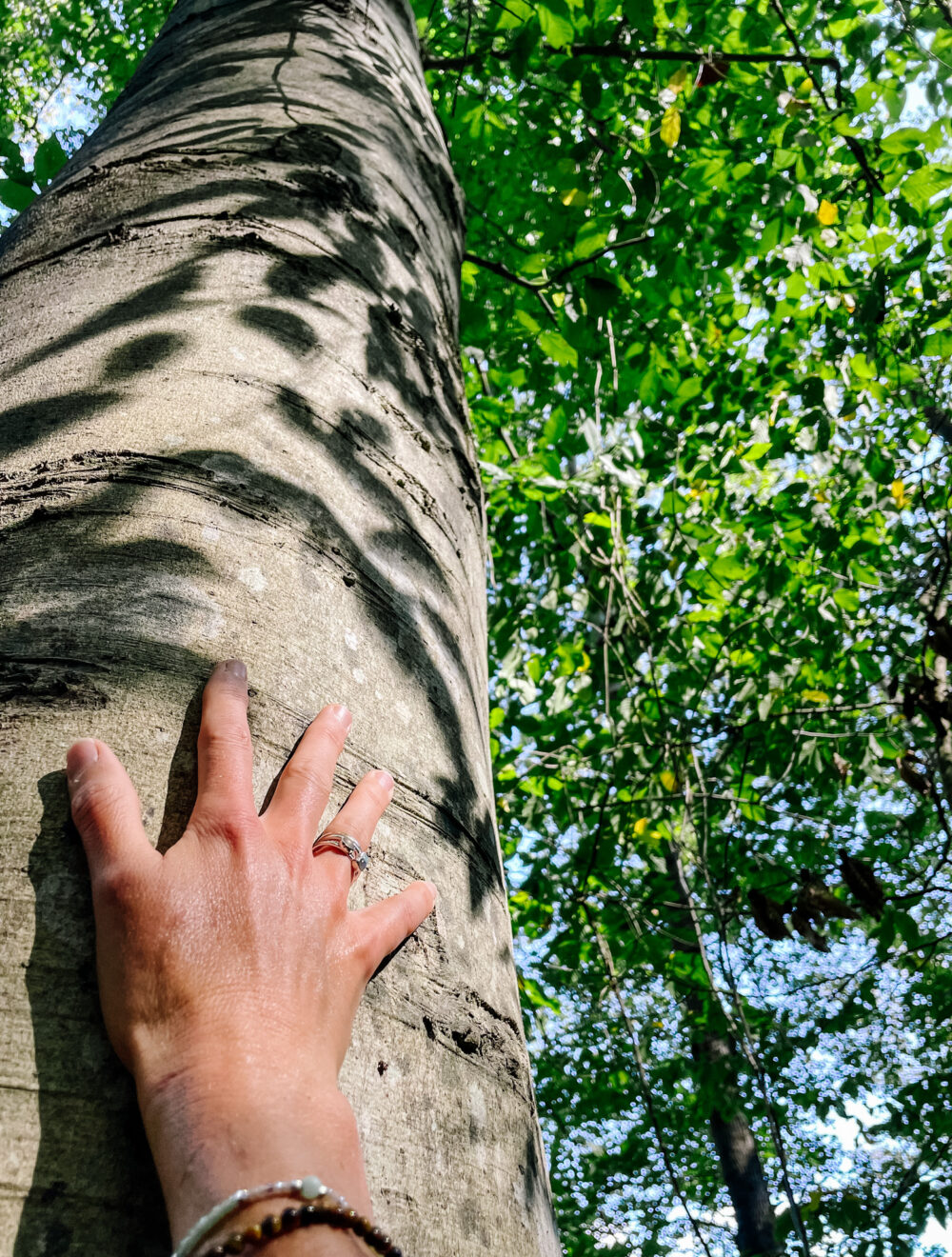ADAPTOGENS, a gift from Mother Nature, particularly when stressors we experience exceed our capacity to adapt.
How do we know we have exceeded our adaptive threshold? We might experience feelings of anxiousness, sleep issues, digestive issues, heart palpitations, high blood pressure, anger, feeling shut down/numb, or quick to be frustrated. Fortunately, plants and mushrooms that are adaptogens can help “normalize” extremes within our body, supporting us in reclaiming internal homeostasis. But Nature doesn’t necessarily need to be taken as a capsule, tea, or tincture to receive these benefits—connecting with Nature right where you are has an adaptogenic effect.
One of the amazing characteristics of adaptogens is that they are non-specific. They help tend the whole system back into balance, for example, support the nervous, immune, and endocrine systems, all at the same time. There is a wisdom in tending to the whole system that “modern” medicine cannot replicate. Your body is an ecosystem; adaptogens recognize this and support your whole ecosystem in reclaiming health and wellness.
Connecting with Nature in her various forms can similarly support the body’s ability to rebalance. I will highlight the nervous system and emotional regulation, but remember that adaptogens (and Nature) support multiple systems.
Dan Siegal coined the term “window of tolerance.” When we are within our window of tolerance, we can effectively manage our emotions and handle perceived stresses that come our way. We feel steady, safe, and present. We are adaptable and open to connection and engagement; our nervous system is regulated. Life is good.
This window differs for everyone. For some, it is a very narrow range before feeling dysregulated, and for others, it is wide, with the ability to adapt to a greater degree of stressors. However, with increased busyness, stress, and traumatic events that left a mark within the body, our window of tolerance is becoming more narrow. But it doesn’t have to be this way.
What does it look like when we have exceeded our window of tolerance? We begin feeling unsafe and looking for all the potential/perceived threats. Its hard to tell what is an actual threat from one that is our perception. Our internal state becomes dysregulated; we no longer feel that “life is good.” There are two sides to this dysregulation coin: hyperarousal and hypoarousal. Both states cause our prefrontal cortex (the part of our brain that helps us to reason) to disengage, and we defer to the more primal, survival parts of our brain.
Let’s look at each side of the dysregulation coin:
Hyperarousal is experienced as anxiousness, panic, feeling overwhelmed, racing thoughts, anger, hyper-vigilance, edgy, and out of control. We are amped, but not in a good way. Our nervous system perceives a threat and responds by increasing our heart rate, blood pressure, and release of stress hormones—all in efforts to get away from the threat (the lion in the bushes), but in the modern world, we can’t run away from our perceived threats as we are stuck at our desks.
Hypoarousal is experienced as feeling checked-out, spacy, numb, wanting to withdraw and not engage in life, and having low energy or motivation. This is a parasynthetic freeze response and is also a result of an overwhelmed nervous system, just a different response from hyperarousal.
Intentionally connecting with Nature can support us in downregulating a hyperaroused state by helping us feel calm and relaxed or upregulating a hypoaroused state by inspiring curiosity and feelings of aliveness; for example, the wind caresses our cheek or the song of a bird. Nature supports us in modulating our nervous system and helps it return to homeostasis. Just as taking adaptogens can do for our body.
Overtime, Nature helps us to expand our window of tolerance.
We can also reciprocate this adaptogenic effect to Nature. As we receive the benefits of Nature, we are also cultivating a relationship as ancient as time. We begin to have eyes that can see—witnessing her parts that are burning out of control (hyperarousal) and parts that have become so barren and void of life (hypoarousal)—and have the desire to take action on her behalf. When we do this, we support Nature’s innate adaptive response. We have the honor and duty to support the Earth in returning to her “window of tolerance,” where an ecosystem is diverse, evolving, and vibrant.
This is good for all of us.
With great love,
Kathleen






